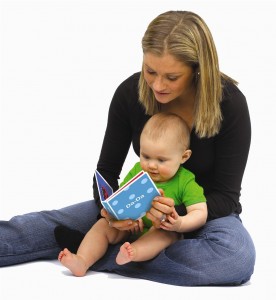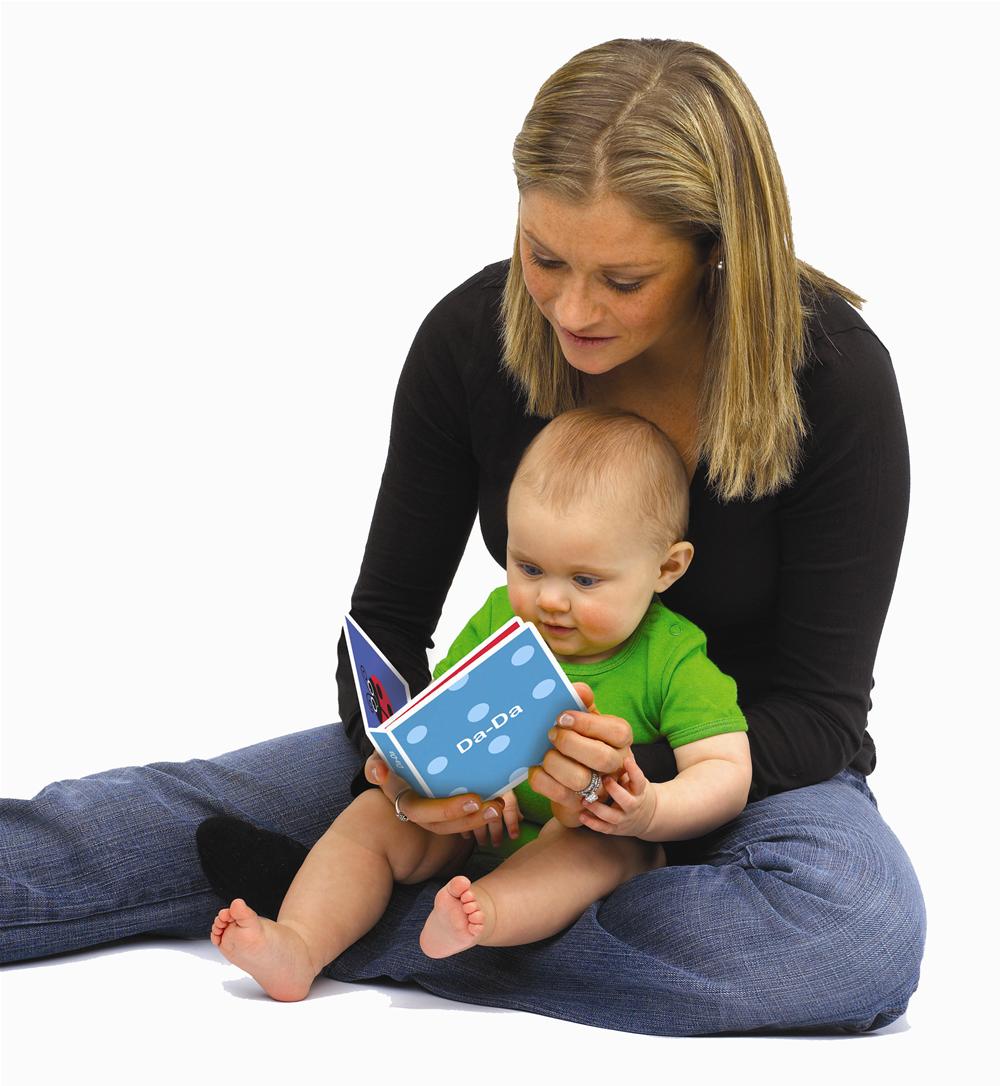 “I can’t do math, I’m not left-brained.” “I’m an artist, I’m right-brained.”
“I can’t do math, I’m not left-brained.” “I’m an artist, I’m right-brained.”
At birth, the left side of a little girl’s brain is developing faster, while the right side is developing faster in a little boy’s. The left side of the brain is considered to be the language center, and the right side is where spatial skills develop.
Last week’s post talked about the differences in language and motor skills between boys and girls at 20 months of age, where a little girl will typically have twice the vocabulary of a boy and the little boy will typically be able to throw a ball with more accuracy. The little girl might be seen as smarter than the little boy, based on her language skills. The little boy’s ball-throwing ability might be seen as an indication of how much trouble he’ll get into later on.
Consider this: most professional writers are men. A century ago that could have been chalked up to the expectation that women would not have careers, but even though more women graduate from college with language-related degrees, more men than women earn a living as writers today.
This means that boys catch up with girls in verbal ability as they grow up, so you and your son need to be aware of that and work on building his skills. The very best way to start that while he’s still an infant is to read to him.
- Read to him every night, starting in early infancy
- Only stop when he asks you to (I read to my son until he was 12)
- Hold him on your lap and run your fingers along the words as you read them (this teaches him that we read left to right, and top to bottom)
Making reading at bedtime a daily event will help you settle him into bed on schedule as he gets older. It will deepen the connection between you. It will get him ready to learn to read.
Your son will learn his language from you. Read to him. Talk to him. Sing to him. Don’t park him in front of a television: be his television. He’ll bloom via the sound of your voice.
In “The Parents’ Guide to Boys,” Dr. James lays out a brain-based approach to encouraging boys toward and through a successful school experience. In this blog post series, she shares some nuggets from the book to help parents learn what’s happening in their son’s developing brain, and guide him toward a love of learning.
